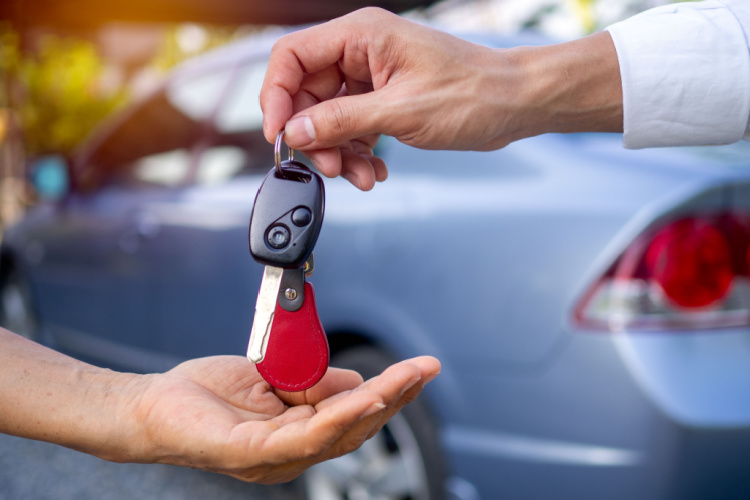3 Steps To Transfer A Car Title
Finding the best insurance for your automobile is challenging enough, but when the time comes to sell or give your car away, serious issues may occur if the title isn’t properly transferred.
When this happens, the car is still technically yours even though the new owner claims ownership. An irregular auto title transfer may put you on the hook for any problems that emerge after the vehicle has left your sights, such as tolls, tickets, and accidents.

What Is A Title Transfer?
Simply speaking, changing the title of a vehicle signifies a formal change of ownership.
When someone buys your car, they can drive it, insure it, and take it to the mechanic, but they will need the title showing their ownership to sell or trade it in. And if you’re purchasing a secondhand vehicle, you should check the title to see if it indicates whether there is a lien on the vehicle, or if money is still outstanding on it. You will be responsible for the debt if you purchase a vehicle with a lien.
The title includes the vehicle identification number (VIN), make, model, mileage, and information about who is the legal owner of the vehicle.

3 Steps To Transfer The Title
1. Verify that your name is the only one listed on the title of the vehicle. You can easily transfer the title if you are the only owner listed.
If the title has a second name, see if there is a space between the names with the words “and” or “or.” If the title contains the word “and,” both of you must sign the transfer documents; if the title contains the word “or,” just one of you must sign. Before selling your car, if you leased or financed it, you must be confident that all outstanding issues have been resolved with the leasing company or the bank.
Step 2: Complete the necessary documentation. Signing your name on the back of the title paperwork is usually part of the procedure. States have different criteria. An odometer reading, for instance, might be required.
Both the website of your state’s motor vehicle department and the auto club AAA will have further details regarding the laws in your location.
Step 3: You might have to complete and submit a bill of sale, often known as a “proof of purchase” or “sales receipt,” that details the cost of the vehicle.

What A Buyer Should Know Before Transferring A Vehicle Title
A buyer’s title application must be submitted. In most circumstances, you’ll complete the application at your local Department of Motor Vehicles (DMV) location if you purchase a used car.
States frequently give customers a short window of time to take action. In California, for instance, a private transaction must be reported to the DMV by the seller within five days, and the buyer has just 10 days to apply for a new title and pay the transfer fee without incurring penalties.
Be aware that, depending on where you live, you could also need a safety and emissions certification for the car.

How To Steer Clear Of Problems
The best method to ensure a smooth title transfer procedure is for both the buyer and seller to promptly complete and hand-deliver the necessary paperwork. That entails visiting the DMV in your state.
Even if you have to wait in line, it will be quicker than submitting the documents by snail mail and will provide you the greatest assurance that everything has been done correctly.

Additional Factors To Take Into Account
There can be additional costs if you purchase a used car outside of your own state as opposed to within it. You must finish all the documentation in person because out-of-state transactions cannot be completed online (with the exception of California).
To ensure you have the correct vehicle, it is crucial for a buyer to compare the VIN on the car title and other papers with the number on the actual vehicle. Additionally, you may use the VIN to research a car’s history via internet databases.
You might let a dealer buy your car if you have a car to sell and want to take an easier route. You must complete a Vehicle Transfer Notification form because, as you should be aware, some states permit dealers to keep an automobile registered in your name until they sell it again.

Conclusion
Getting a car title transfer right the first time is the best course of action. If you sell your car but fail to correctly transfer the title to the new owner, such as by signing on the wrong line, you risk being held responsible for any damage to the vehicle.
If you purchase a used car without thoroughly inspecting the title, you can be forced to pay off the debt from the prior owner. If the title is properly transferred, you’ll soon be cruising into the sunset.
